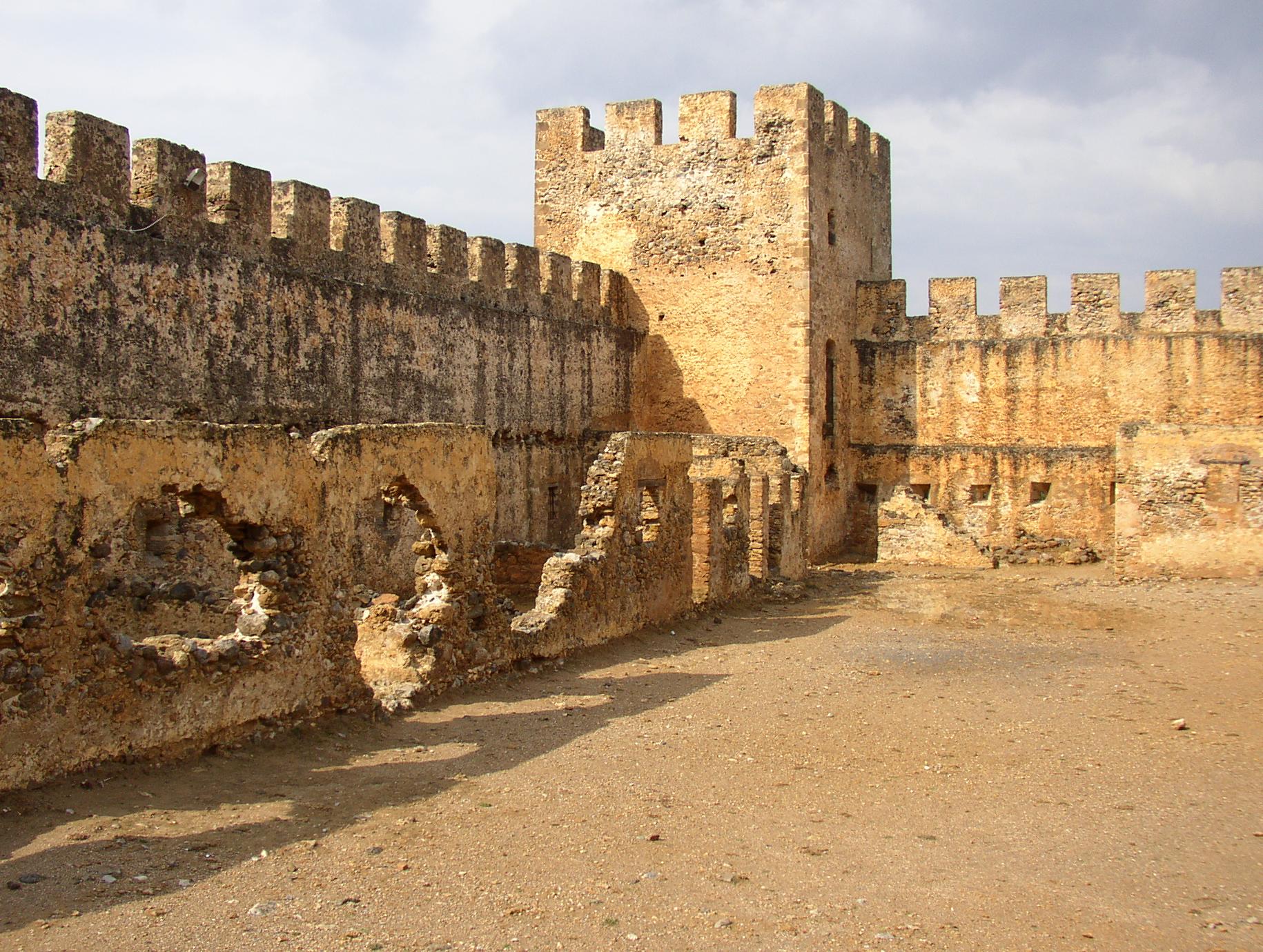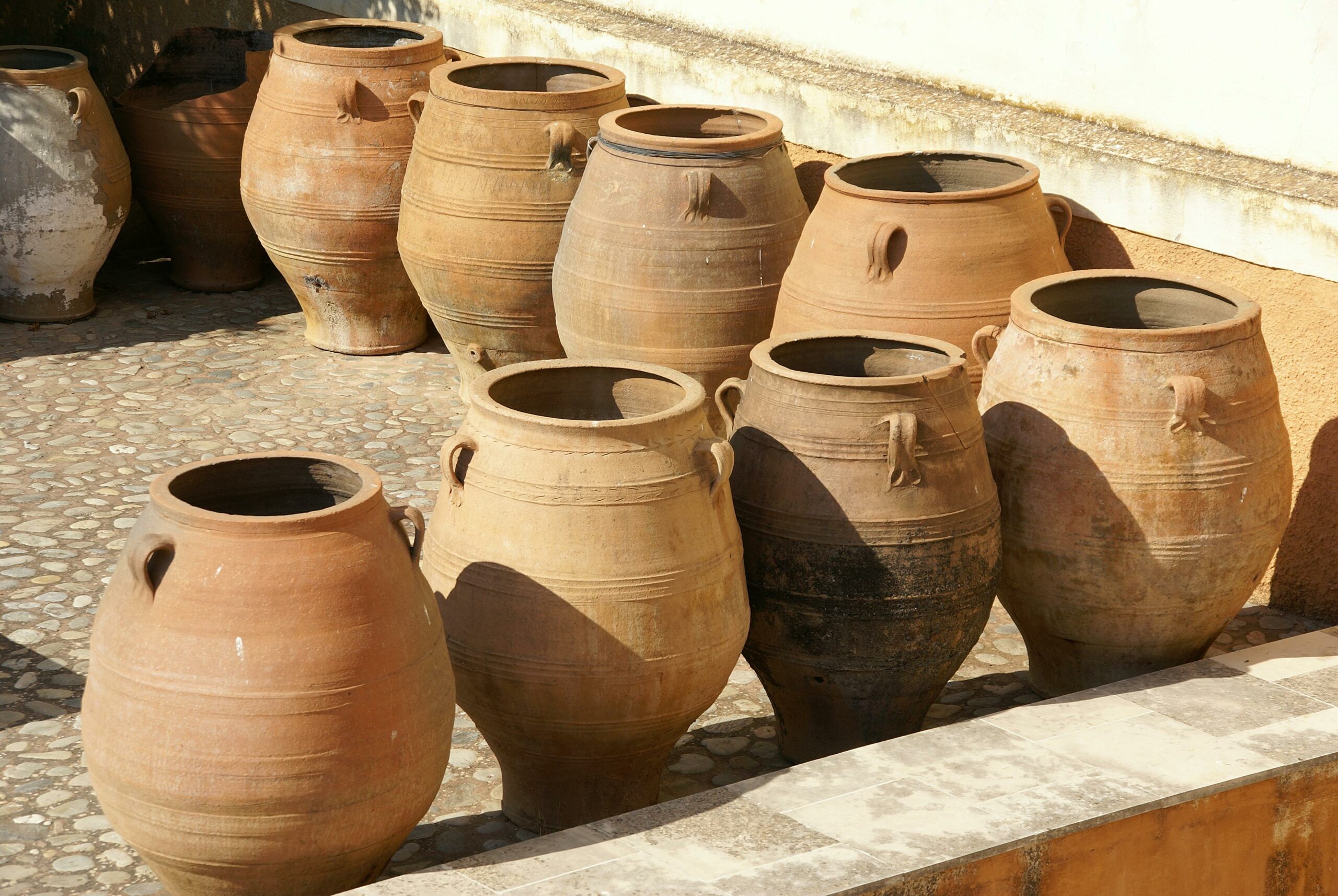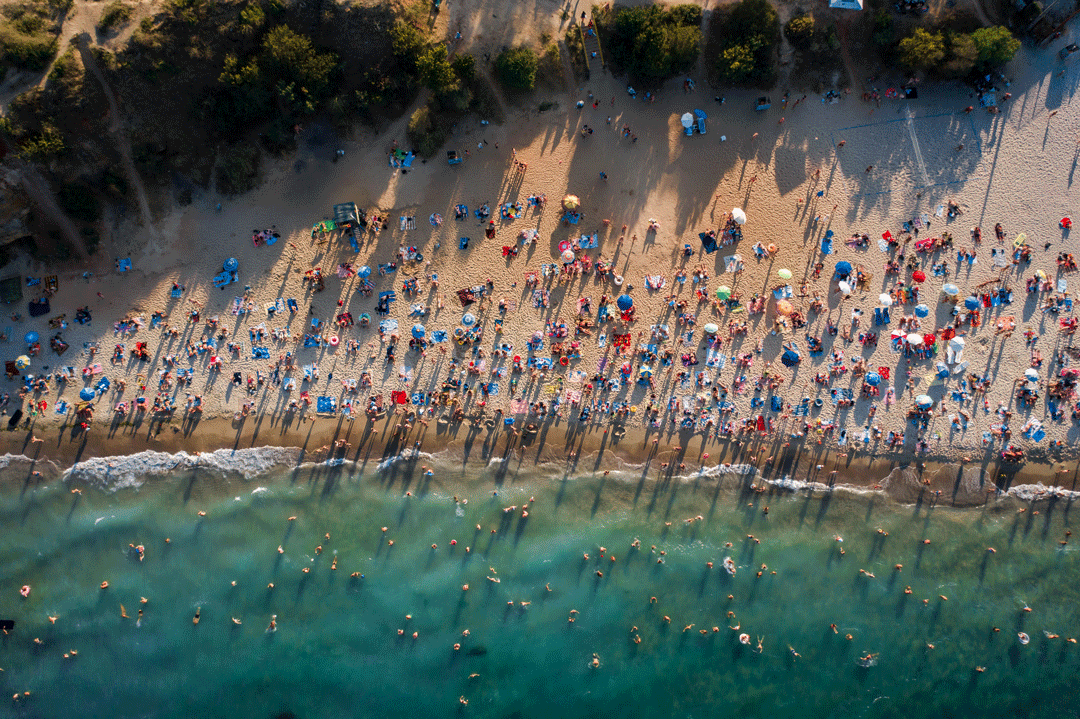Discover Authentic Cretan Handicrafts and Souvenirs Chania Old Town The Municipal Market of Chania is…

Frangokastello: Secluded Destination with Venetian Castle
Frangokastello is a settlement on the southern coast of Crete, about an hour’s drive from Georgioupoli, depending on the route you choose. It has a sheltered beach that is not very popular with tourists, so it’s perfect for a peaceful afternoon sunbathing or just enjoying the waves of the Mediterranean.
The Main Attraction: Frangokastello Castle
The main attraction of this destination is a Venetian Castle preserved in excellent condition. Originally, the building was named the Castle of St Nikitas, borrowing the name from a nearby church, but the locals called it the Castle of the Franks (Frangokastello) in contempt of the Catholic foreigners who occupied the Sfakia region at the time. The name stuck.
Frangokastello was built in 1371. It had a dual purpose: to protect the Venetian noblemen against pirate raids but also to control the rebellious native population. It has a simple rectangular shape with a tower at each corner. The walls are vertical and relatively weak compared to similar Venetian fortresses of the time. The main entrance of Frangokastello is located in the south. You will notice a relief of the lion of St. Mark, the emblem of the Republic of Venice above the gate. The current form of the castle is due to a reconstruction of the 19th century.
The castle is famous for Drosoulites, an optical illusion visible between May and June in the plain of Frangokastello from the surrounding mountainous area. Witnesses reported a ghost army of black shadows carrying weapons. The tradition links this phenomenon to the deadly battle that took place in the region on 17 May 1828 during the Cretan revolt against the Turks, between Greek body headed by Hatzimichalis Dalianis and Turkish body headed by Mustafa Naili. The Greeks were defeated, therefore the locals believe the shadows to be the ghosts of Hatzimichalis Dalianis’s soldiers. Because the mirage takes place in the morning, a possible explanation could be that it is caused by the evaporation of morning dew. Other opinions claim that it is a mirage from the coast of North Africa. The phenomenon is observed when the sea is calm and the atmosphere is moist and before the sun goes too high up in the sky. It usually lasts about 10 minutes.
Featured image: Frangokastello, inside the castle, copyright Doris Antony (CC BY-SA 3.0) via Wikipedia



